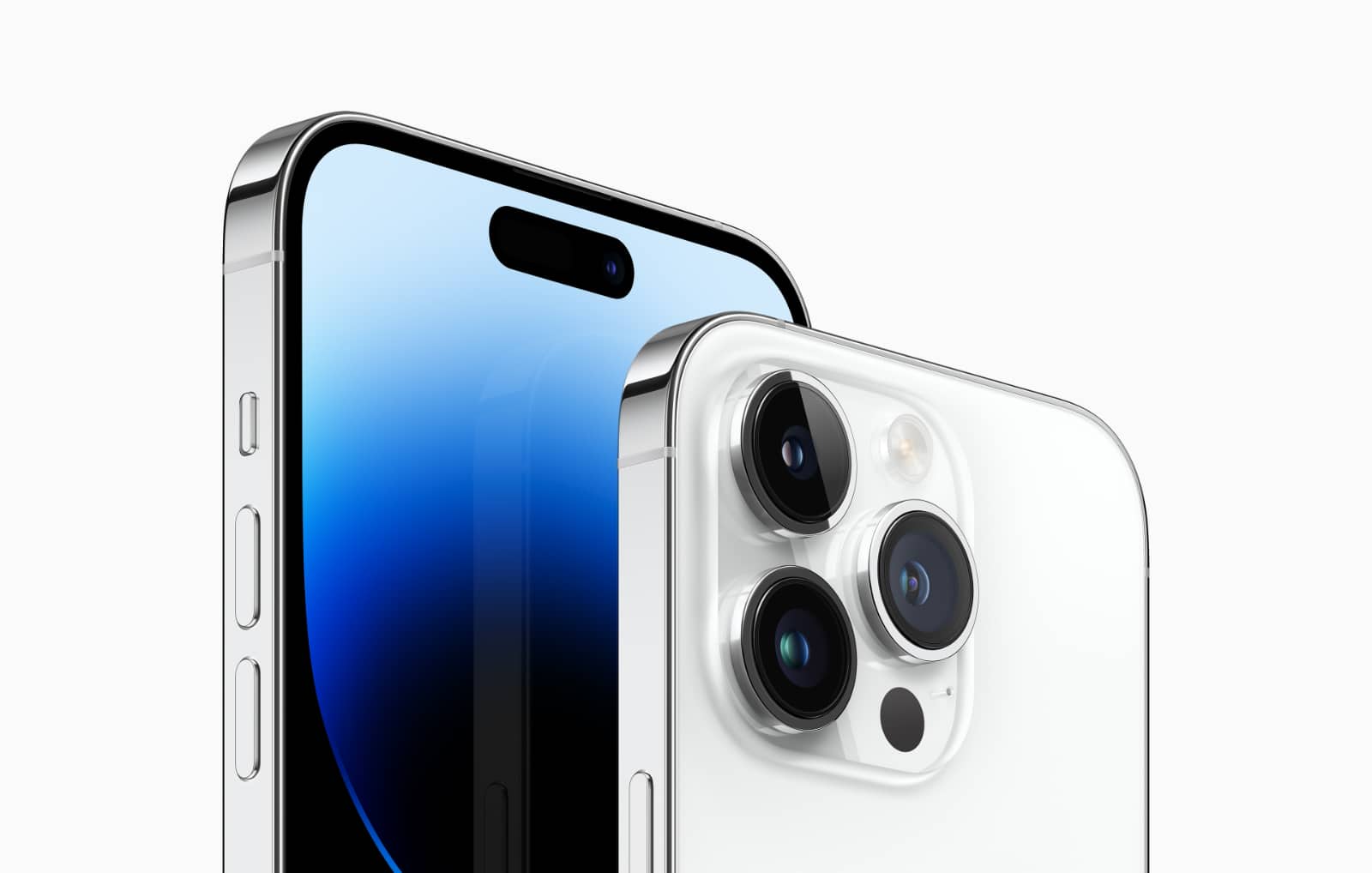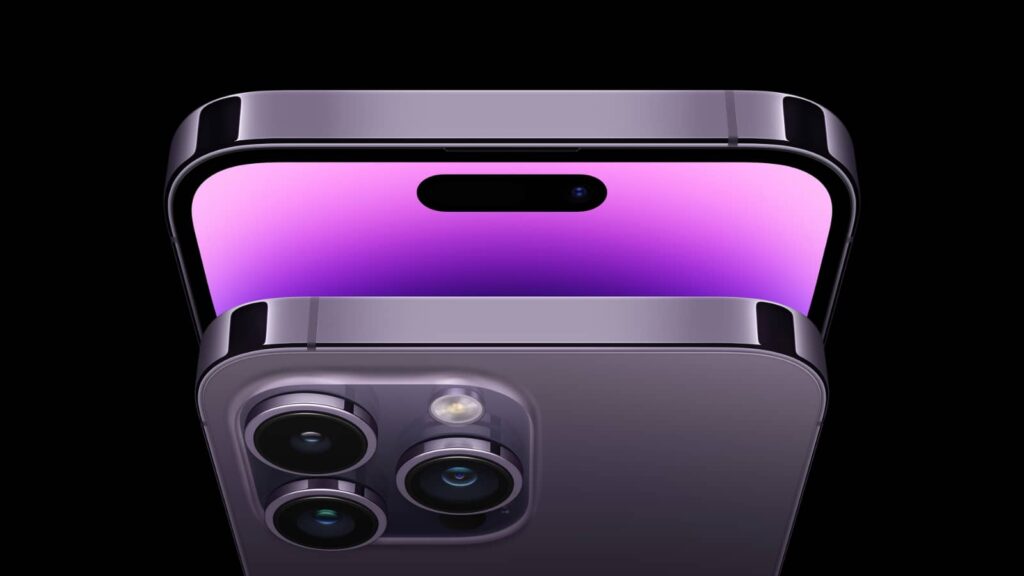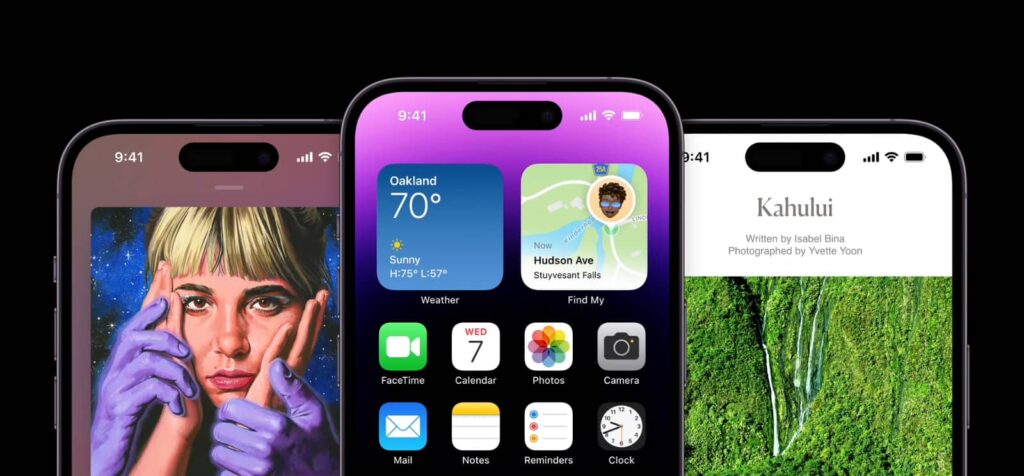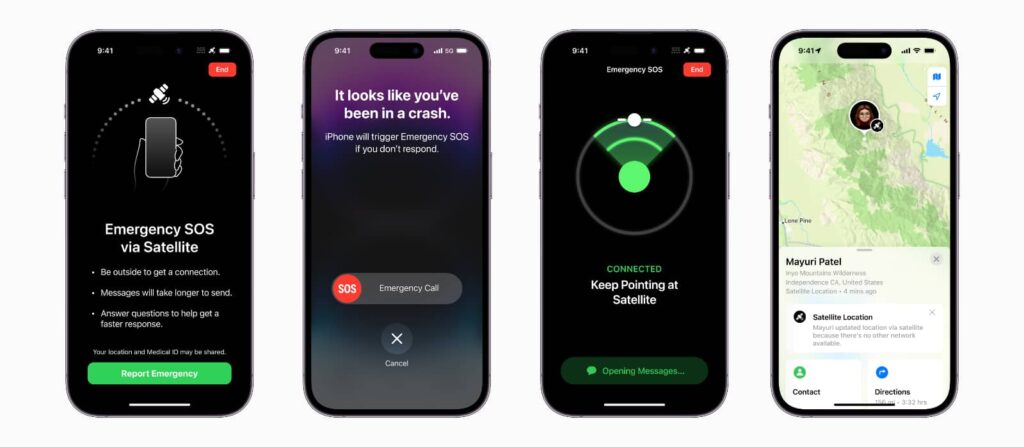Two new iPhone 14 Pro models join the two standard iPhone 14s. What’s coming for the best iPhone in 2022?
It’s Apple Day, or maybe even Apple week, depending on where you sit, because the maker of the iPhone is announcing new gear, with much of it culminating in iPhones to replace the previous generation.
There are two standard models for most people — what we’ve described in the past as the iPhone range for everyone — and then there’s the model for everyone else. Specifically, it’s the “Pro” line, as Apple talks up the best features and premium tech for folks who don’t mind paying for the premium and the best.
That’s the way things were in the iPhone 13 range back in 2021, and even back with the iPhone 12 range a year before that. In 2022, Apple appears ready to keep with that same path, launching an iPhone 14 Pro and Pro Max for people who want regular and bigger phones to come packing the best features of the line-up, and competing hard with quite a few other phones out there.
What’s new in the iPhone 14 Pro and Pro Max line-up, and is it worth getting excited about?
What’s new in the iPhone 14 Pro and iPhone 14 Pro Max?
Two new phones are here, sure, but what’s different about them?
First of all, there’s the screen and its notch, or rather the absence of a notch. Goodbye notch, it seems, as Apple has done away with the screen shelf it brought in with the iPhone X back in 2017, replacing it with a more pill-shaped spot on the screen, something Apple will also be animating slightly.
Goodbye notch
Rather than just have a punch-hole design like we’ve seen a thousand times on Android phones, Apple is animating the pill so that it changes shape and size to accommodate what you’re doing. Called the “Dynamic Island”, think of it as a status bar of sorts that animates in black to flex the pill shape out when something is happening, before shrinking back down.
Apple’s Dynamic Island is a bit of a trick. The pill shaped cut out for the camera and Face ID tech in the iPhone 14 sits in a pill of black, with the screen around it, but when the island flexes, it animates an extension of black around it, making it seem like the new pill shape is stretching, expanding, and ultimately changing to suit your phone.
It’s not, but it will make the hole-punch design a little more friendly, and definitely more marketable than the simple camera spot we’ve seen on Android models countless times. We wouldn’t be surprised to see this pop up on other phones not made by Apple later on down the track.
More megapixels
Another major feature change is the camera, which will stay at a three-camera setup, operating across main wide (1X), ultra-wide (0.5X), and telephoto (3X), but will shift a few things.
For starters, the main camera will use a new sensor set to 48 megapixels, with Apple using a similar trick to other phones we’ve seen throughout the years, providing four times the pixel quality by downscaling 48 megapixels to 12, matching the remaining 12 megapixel cameras used for the F2.2 ultra-wide and F2.8 3X telephoto.
Apple is also using the 48 megapixel camera to let you get a “2X telephoto” mode, but it’s a bit of a trick, cropping down the sensor to get you a 2X shot, kinda sorta. It’s not really 2X, but most people mightn’t care.
Fans of ProRAW can also use the full extent of the 48 megapixels if they want to, and we expect camera apps will be updated to support the tech in time. There’s also support for Apple’s Photonic Engine, also launched on the standard iPhone 14 and iPhone 14 Plus, while the Pro models will also bring a new version of the sensor-shift optical image stabilisation technology, handy for photos in low light.
You can also expect some love to the video side of things, with the cinematic portrait-focusing video mode upgraded from Full HD 1080p to 4K, while an action mode can smooth out video in real-time during capture with support for up to 2.8K.
System upgrades in the A16
The video capabilities are similar to what you can find on the iPhone 14 and iPhone 14 Plus. But the chip upgrades are very different, as Apple moves on to the A16 Bionic in its more expensive “Pro” lineup.
Officially, Apple calls the A16 Bionic “the fastest chip in a smartphone”, with a 6 core CPU and a 5 core GPU paired, working with a 16 core Neural Engine, and all coming together to keep the phone powering through day and night, delivering computational photography, handling for games, and more.
You’ll still find support for 5G in the iPhone 14 Pro and 14 Pro Max, alongside WiFi 6, Bluetooth, GPS, and Apple Pay — all the things you might come to expect these days — and thanks to the upcoming customisable lock screen designs in iOS 16, the new Pro models will also support an Always-On display that looks like your lockscreen.
To do this, Apple is using the ProMotion technology on the iPhone 14 Pro and iPhone 14 Pro Max display to bring the refresh rate down to 1Hz, keeping it updated much more slowly than the 60Hz most phones run at, or the 120Hz that makes for a super slick animated phone screen.
And there’s also one other system upgrade designed to help, but in a way you mightn’t expect: safety.
Crash detection
Apple’s other big deal feature is about keeping you safe when something bad happens.
The gyroscope has reportedly been tuned to pick up on extreme gravitational forces, like the kind you might feel if you’re involved in a car accident. In that situation, the phone can automatically dial 000 for emergency (or 999/911 depending on where in the world you are).
The new phones can also apparently pick up on noises made during crashes, thanks in part to the microphone, while the GPS can track speed changes.
Two sizes again and four colours
And like the way it has been since the iPhone 12 popped up, the iPhone 14 Pro line-up will consist of a 6.1 inch normal sized model — the iPhone 14 — and a 6.7 inch large model — the iPhone 14 Pro Max.
Both will come with OLED screens, a Lightning port, MagSafe, and all the regular things you might expect an iPhone to come with these days.
“Our customers count on their iPhone every day and with iPhone 14 Pro and iPhone 14 Pro Max, we’re delivering more advancements than any other iPhone,” said Greg Joswiak, Senior Vice President of Worldwide Marketing at Apple.
“iPhone 14 Pro introduces a camera system that empowers every user — from the casual user to the professional — to take their best photos and video, and innovative new technologies like the Always-On display and the Dynamic Island, which offers new interactions for notifications and activities.”
Australian availability for the iPhone 14 Pro and 14 Pro Max
Both models will arrive in Australian stores next week from September 16, with pre-orders set for Friday, September 9. There will be four colours, with space grey, silver, and gold, plus a “deep purple” colour that replaces the blue from before (sad face; we liked the blue).
As for pricing, the 6.1 inch iPhone 14 Pro starts from $1749 for a 128GB model, costing $1899 for 256GB, $2249 for 512GB, and $2599 for a massive 1TB. Meanwhile, the 6.7 inch iPhone 14 Pro Max will start from $1899 for 128GB, while 256GB will cost $2099, 512GB for $2419, and 1TB for $2769 in Australia.
We’ll aim to have an iPhone 14 Pro review as soon as we can, hopefully in time for the launch next week, or maybe even a few days after.











